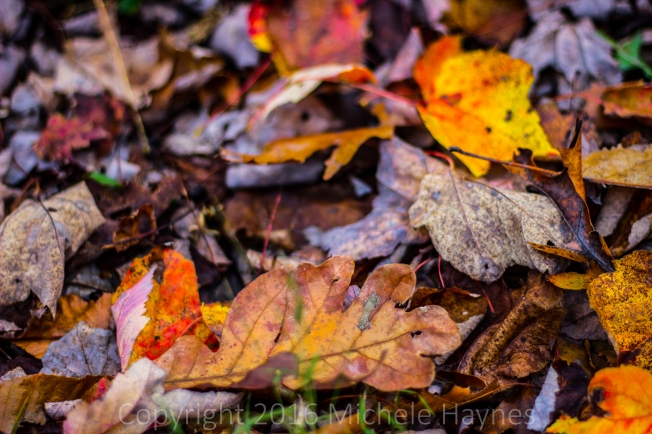
Citrus aurantifolia: Mexican lime, key lime, bartender’s lime
Living in an apartment after 17 years in rural Connecticut has been a bit of an adjustment.
The one thing that I miss the most (besides my dear friends), is my yard and garden beds. Of course, I miss the cacophony of birds singing, yelling and calling, and the lovely back roads, but I found a windy drive from Houston to Magnolia, Texas that meets my twisting, turning back road needs. What I haven’t had is a patch of soil just waiting for me to transform into a place for green, growing things. And now that I am living in the Houston area, I can garden all year long. Yay!!!
This past Saturday, my granddaughter and I drove the 25 minutes or so to Tomball, Texas to a wonderful garden center where we found herbs, flowers and my first container-grown citrus tree.
I chose Citrus aurantifolia as my first specimen because of the many uses for its extremely flavorful fruit. I grew up in Miami, and the first time I tasted key lime pie, I thought I had died and gone to heaven. When I was raising my young family in St. Petersburg, Florida, I made my first key lime pie from bottled lime juice. It was delicious, too.
What pushed me toward choosing this variety of citrus to grow is my love of tequila and lime together in a variety of ways. I make my own simple margarita-like drink which typically consists of my favorite tequila, lime juice (fresh squeezed is best), and a teensy bit of agave syrup (no more than a teaspoon). Sometimes I add equal measure of sparkling mineral water to make it an alcoholic soda. I don’t like salt, so a quick stir and I’m good to go.
Okay, I could talk about margaritas or what I pass off as margaritas for paragraphs. I even have a holiday margarita that is delicious which I will save for another time. Back to Mexican limes (which I will call them since I am now a few hours away from Mexico).
I also use lime juice for guacamole, limeade, tarts, cooking, drinking, and to give away. The woman who talked me into buying this variety said that they easily produce 40-50 limes. Although I am modifying my expectations because I plan to keep this tree smaller by root pruning after a few years, I fully expect a good harvest in a couple of years.
I also plan to purchase a Mandarin orange variety when my budget allows. It is on my gardening wish list.
Now, for those who also live in the Houston or Gulf Coast region, growing citrus is not without hazards.
The salesperson who assisted me had to ensure that I lived within the quarantine zone of the nursery due to citrus greening. Citrus cannot be brought into or taken out of two quarantine zones in Texas. I live in Harris County, so I cannot take my tree out of the quarantine zone that includes Fort Bend, Harris and Montgomery Counties. The other quarantine zone is located in the Valley which includes Cameron, Hidalgo and Willacy Counties.
A few years ago I would not have been able to purchase a citrus tree in this area at all; sales were halted in an effort to stop the spread of citrus greening.
With my purchase comes the responsibility of watching for signs of any diseases and/or pests that threaten the commercial citrus industry.
What I have learned, however, is that it is wise to never wait to plant a tree (or buy one). Fruit trees require time to grow large enough to produce fruit, sometimes 5 years or more. If you ever want to grow fruit in your yard or in a container, do your research and find a variety that thrives in the growing conditions that you have where you are.
Also, research, research, research. Read, talk to experts (many from different backgrounds — organic, conventional, etc.). Remember that your area’s extension agents are there for you. Your tax dollars pay their salaries, so don’t hesitate to tap that source.
My next posts will be about container herb gardening and gardening with my small children. Cuteness is guaranteed.





































